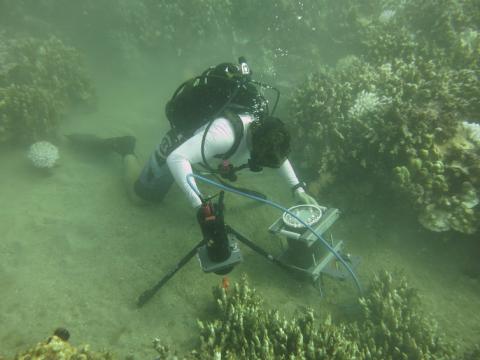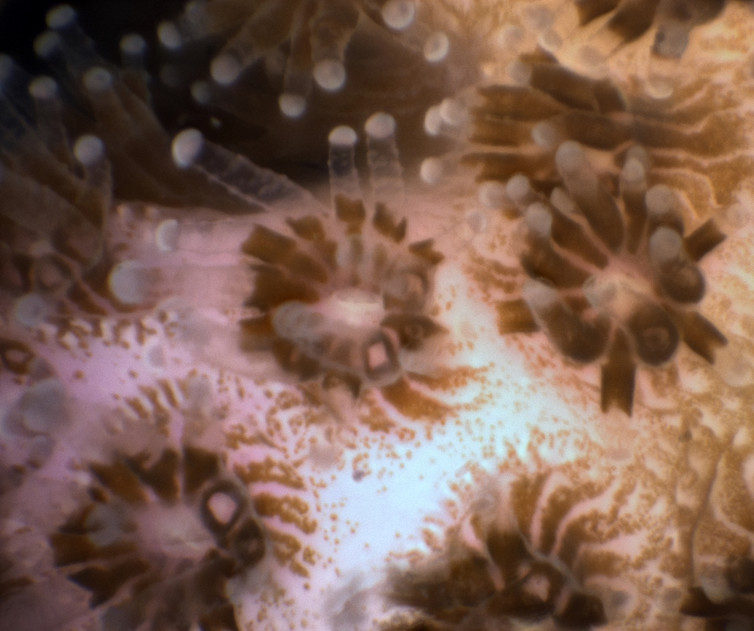
Underwater Microscope's New Views
The Homo sapiens view of our world is all a matter of perspective, and we need to remember that we’re among the larger creatures on Earth. At around 1.7 meters in length, we’re much closer in size to the biggest animals that have ever lived – 30-meter-long blue whales – than the viruses and bacteria that are less than one-millionth our size.
Our relative size and their invisibility to our naked eye makes it easy to forget that there are vastly more of those little guys than us – not just in number, but also in mass and volume. And they’re vital to the health of our planet. For example, every other breath of oxygen you take is courtesy of the photosynthetic bacteria that live in the ocean.
As early microscope pioneer Antony Van Lewenhook discovered approximately 350 years ago, these little “animalcules” are in almost every nook and cranny you can think of on Earth. But until now, we haven’t been able to study most microscopic forms of ocean life in their native marine habitats at sufficient resolution to discern many of their miniature features. This is important, as there are thousands of different millimeter-sized underwater creatures we previously couldn’t study unless they were removed and brought to the lab.
The new Benthic Underwater Microscope (BUM) changes that. In building our underwater microscopes, we are inspired by oceanographer Victor Smetacek’s question of whether an in situ computerized telemicroscope could “do for microbial ecology what Galileo’s telescope did for astronomy.” Simply put, we hope so. Underwater microscopy can help scientists tackle research questions in new ways. Using the BUM, we’ve already seen some amazing new coral behaviors.

